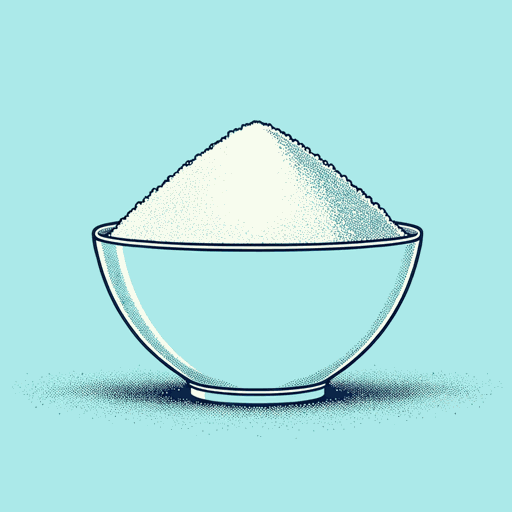67 pages • 2 hours read
Michael MossSalt Sugar Fat
Nonfiction | Book | Adult | Published in 2013A modern alternative to SparkNotes and CliffsNotes, SuperSummary offers high-quality Study Guides with detailed chapter summaries and analysis of major themes, characters, and more.
Chapters 7-11Chapter Summaries & Analyses
Chapter 7 Summary: “That Gooey, Sticky Mouthfeel”
Moss moves from sugar to fat. Aristotle is renowned as a father of philosophy, and credited as the first to describe the sense of taste. He called sweet tastes “pure nourishment” (163). Numerous other tastes only provided balance. Then “fat and oily” adds pleasure: “Twenty-four centuries later, fat is seen as one of the most potent components of processed food, a pillar ingredient even more powerful than sugar” (163).
Vegetable oils are generally liquid fats, while animal fats are solid. Fat stores twice as much energy as the same amount of sugar.
Some scientists consider fat the sixth taste, however they do not yet fully understand this sensation.
Fat makes food taste richer. Some fat also enables processed foods to store longer, and improves texture.
Hamburgers come from the remains of beef fat and protein, mixed in proportions to achieve a fat content from 5 percent to 30 percent. Saturated fats, such as those in beef, can cause heart disease.
Fat affects other flavors, blocking or transmitting different ingredients. Overall, fat has a subtler effect than sugar: “If sugar is the methamphetamine of processed food ingredients, with its high-speed, blunt assault on our brains, then fat is the opiate, a smooth operator whose effects are less obvious but no less powerful” (165).

